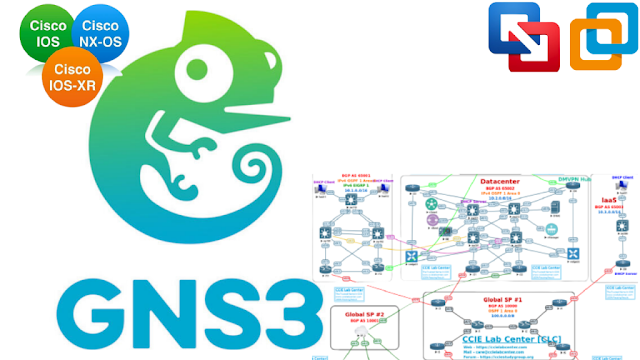The Current State And Future Prospects Of Network Simulation Tools
If you're doing research in the field
of networks, you know how expensive it can be to set up a full test bed with a
bunch of computers, routers, and connections all connected to make sure your
protocols and algorithms operate as intended. In these cases, using a network
simulator may help you save both time and money. The ability to test new
networking protocols or make changes to current protocols in a controlled and
repeatable way is another important use case for network simulators. The
purpose of this study is to provide a detailed overview of the available
network simulation tools. We describe their fundamentals of them, weigh the
pros and negatives, and talk about the way they're progressing right now and in
the future. We expect this poll to serve as a helpful resource for anyone who
is having trouble identifying suitable network simulators for their needs, whether
academic or professional. One must go for eve ng export labs.
In the context of networking, this term refers to the use of software engineering to simulate networking methods or systems with the use of computer-aided simulation technologies. It is only inevitable that more particular restrictions would be imposed on network simulations given the restricted scope of the application sector compared to broad simulation. The network simulations may, for instance, prioritize the efficiency and correctness of a distributed protocol or algorithm above the simulations' ability to display data visually or in real-time. Furthermore, due to the rapid pace of network technology development and the large number of businesses involved, the Internet is home to a wide variety of technologies and products that use a wide variety of operating systems. This is why network simulators need to have open platforms that can accommodate a wide range of configurations and software components. Additionally, the Internet is built on a unified network stack (TCP/IP), which allows for diverse technologies to be implemented at each layer while yet sharing a standard interface with the layers above and below them. Therefore, network simulation tools need to provide this capability and let various potential new packages be added and run transparently without interfering with or breaking current components or packages. As a result, modules or packages won't feel the full force of a bad package's influence.



Comments
Post a Comment